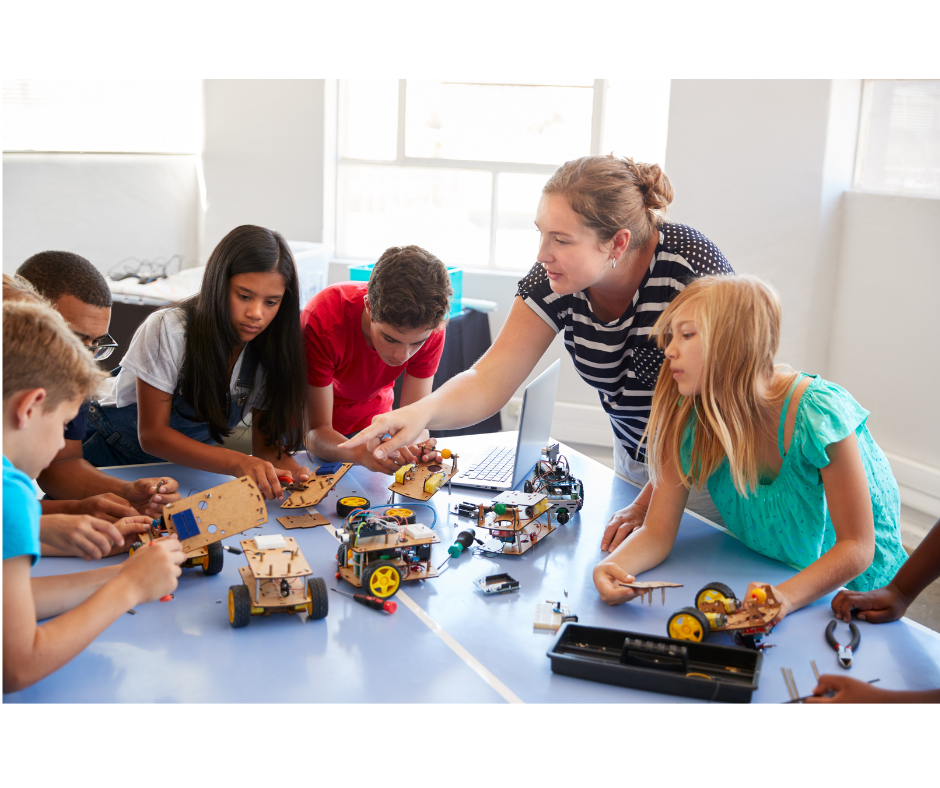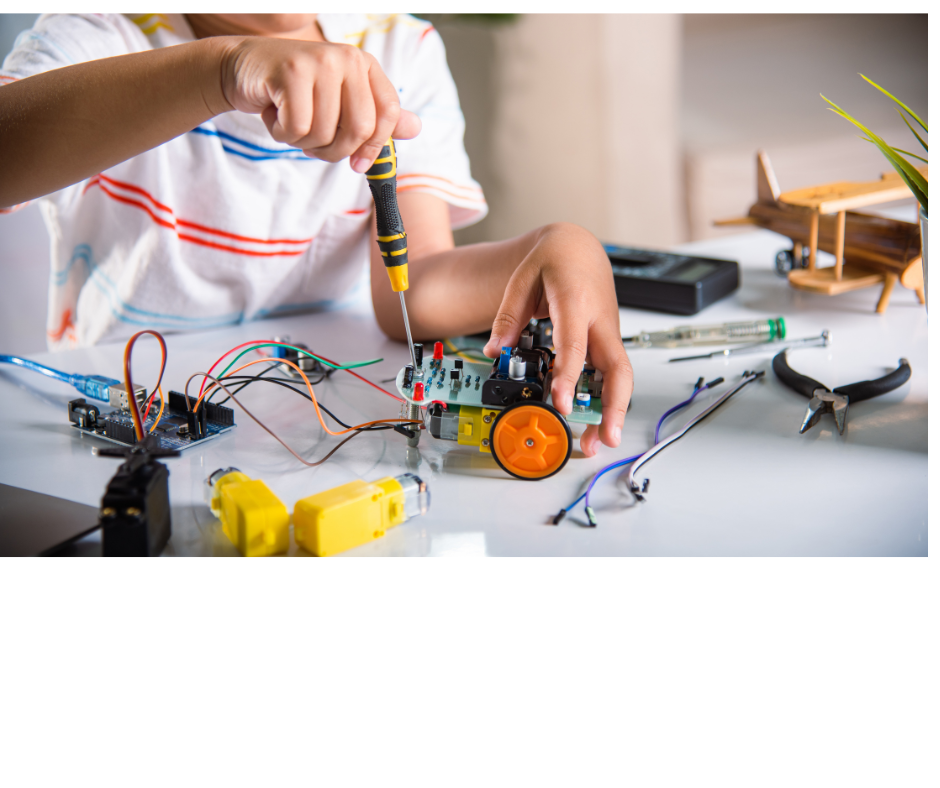Suitable teaching methods for introducing Arduino to the classroom

Image from Canva
If you are a teacher who wants to introduce Arduino to the classroom, you are probably wondering about the best way to do this. This article will try to ease your decision by introducing the benefits of innovative teaching methodologies and their suitability when teaching Arduino.
Innovative teaching methods are particularly suitable for teaching content where direct engagement and practical experiences are involved in the learning process. And that is exactly what Arduino is all about! Here are some of the main characteristics of innovative teaching methods: they are student-centred and require the active participation of students, manipulation of materials, and real-world application of knowledge and skills.
The benefits that come with innovative learning methodologies are closely connected with their characteristics: because of active, hands-on learning and connection to the real world, these methods are engaging and effective, offer in-depth knowledge, and give students more autonomy. They also encourage the development of soft skills, and because of the use of technologies, they offer more flexible, personalised learning, which leads to inclusiveness. The use of technology also allows students to learn how to manage high-tech tools and improve their digital skills.
If you are a teacher, you are probably familiar with at least some types of innovative approaches to teaching, and chances are you have already used some of them in your classroom. Here is a list of the most common ones:
Project-based learning (PBL): Learning that is focused on real-life problems that are being tackled through hands-on projects done by students.
Game-based learning: Learning that enhances the appeal of games as part of the learning process to increase engagement and motivation. Games used become educational tools that increase students’ motivation, knowledge and skills.
Gamification: This method applies game elements (like scores, levels, badges, and leaderboards) to existing learning activities and can be implemented in a non-game context. A game-like atmosphere that is established encourages participation and competition, helping with motivation.
Inquiry-based learning: Learning that starts with an open-ended question by the teacher or a project assignment that is followed by active engagement of students.
Flipped classroom: An innovative approach where students get their first exposure to content before coming to class and then spend in-class time engaging in activities in a dynamic, interactive learning environment.
Blended learning: a combination of traditional face-to-face classroom methods and online education leveraging technology to enhance learning. Experiential learning: learning through hands-on experiences and reflection.

Image from Canva
Some of the listed methods have similar characteristics (e.g. experiential learning and PBL), and lines between them are often blurred. One of the common aspects these methods bring is the new role of the teacher. Because these methods are all student-centred (they require the active participation of a student), the teacher becomes more of a facilitator or a mentor than a lecturer; his/her role is to offer guidance and support to students – but students need to complete tasks/gain knowledge on their own.
Let’s take a quick look at one of the learning methods and its use in teaching Arduino:
PBL is a student-centred learning method that is based on projects. It is an inquiry-based and problem-solving methodology in which students are engaged in solving real-world related problems. It is one of the methods that is based on the principle of learning-by-doing or learning-by-building; students are actively engaged throughout the whole process, especially through the implementation phase.
This is exactly why this method is suitable for teaching Arduino. Teaching Arduino through frontal lessons, where the teacher lectures about theory and students take notes, does not align with what Arduino is all about. Arduino is content that, above all, requires the active participation of students through the manipulation of material, and it offers many possibilities for connection to real-world problems. Characteristics of PBL and Arduino seem to naturally go hand in hand.
With its specifics mentioned in previous lines, PBL is a great way to integrate multiple subjects, and teaching Arduino can be a great opportunity to create interdisciplinary projects involving science, technology, art, history or foreign languages. This allows students to apply their coding skills in practical ways, building real-world prototypes and gaining hands-on experience. Literature about the connection between PBL and Arduino reveals that PBL is the most commonly used methodology for incorporating the Arduino board into teaching in the context of STEM subjects. (García-Tudela and Marín-Marín, 2023, p.1)
You can read more about innovative teaching methodologies like the PBL, flipped classroom and gamification in resources that were developed as part of the CODEDU project, particularly in the teacher’s training curriculum.
References:
García-Tudela, P.A. and Marín-Marín J.-A. (2023). Use of Arduino in P

